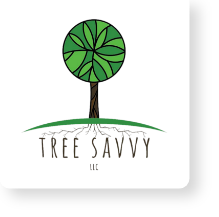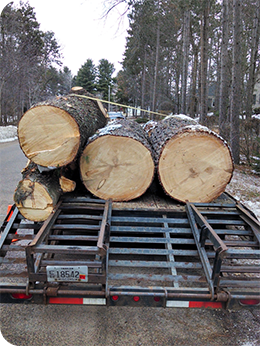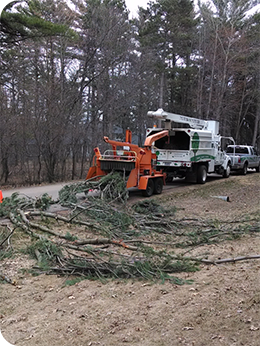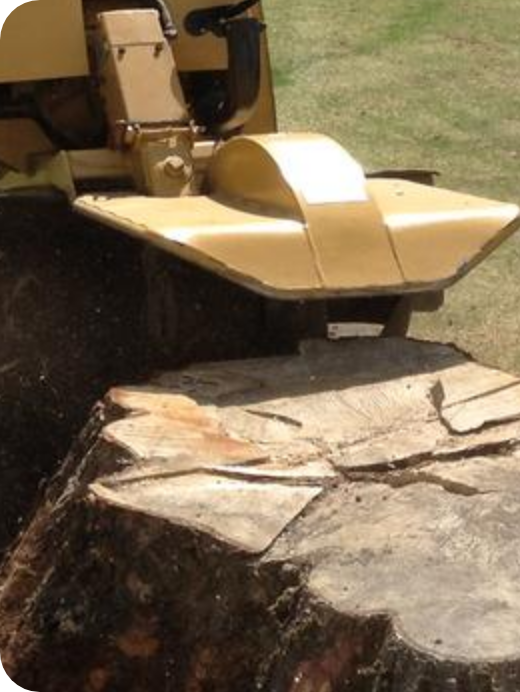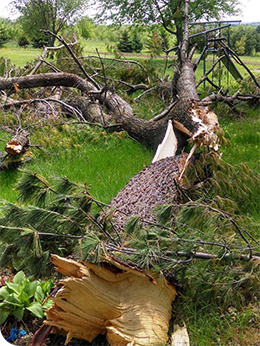Storm Damage Restorative Pruning
Every tree, whether it be in the forest or your backyard, is susceptible to storm damage – especially trees that are not properly planted and maintained. However, a broken limb or a damaged crown does not always warrant the tree’s removal, an assessment should be made of the tree to determine if restoration is the best option. Storm damage restoration is a four-step process – assess, clean, restore, maintain – that requires time, more than anything else!
Many factors contribute to determining the appropriate actions to take in managing your storm damaged tree. The species, health, and life span are the dominant considerations when deciding if restoration services should be performed – a severely damaged, hollow, over-mature Red Oak in a location with an Oak Wilt Disease outbreak may warrant removal. Additionally, the extent of damage in the crown, overall potential of failure, structure, value, benefits, and the extent of damage or decay in the root systems should be considered before any actions are taken in removing or restoring the tree.
If restoration is desired, Tree Savvy first recommends “cleaning” the crown, removing dead, broken, hanging branches that pose an immediate threat while removing as little live tissue as possible. Crown cleaning should be done as soon as possible to mitigate any risks that may be hidden in the crown. Additionally, a more thorough assessment can be made while providing this service.
Trees that were damaged in storms or improperly pruned will produce sprouts (known as epicormic shoots) from dormant buds to compensate for the loss of live tissue, working to produce sufficient photosynthates (carbohydrates) to combat decay and other pathogens. While unsightly, the development of epicormic sprouts is desired for the survival and restoration of a tree. When these shoots are produced, it is highly recommended not to remove them for the first few years to allow the tree to recover. Additional irrigation is encouraged to aid in the recovery of the tree and its production of shoots.
In the years following the storm, the epicormic shoots that developed should be maintained. It is Tree Savvy’s recommendation to strategically remove one-third of the shoots, reduce one-third, and retain one-third to manage the density, vigor, and form of the crown. The installation of a supplemental support system, such as a static cable and brace rod, may be recommended to mitigate risks resulting from the storm. Support systems should be regularly monitored and maintained as needed to ensure they’re functioning properly.
New trees are no replacement for old trees, contact Tree Savvy to see if restoration is an option for your storm damaged tree!
